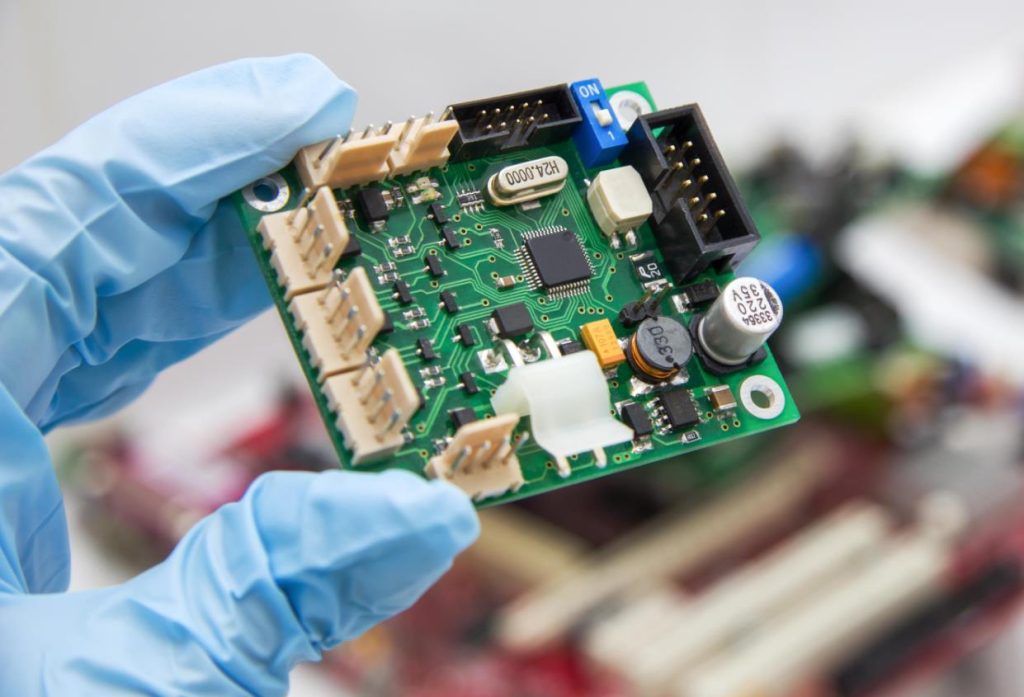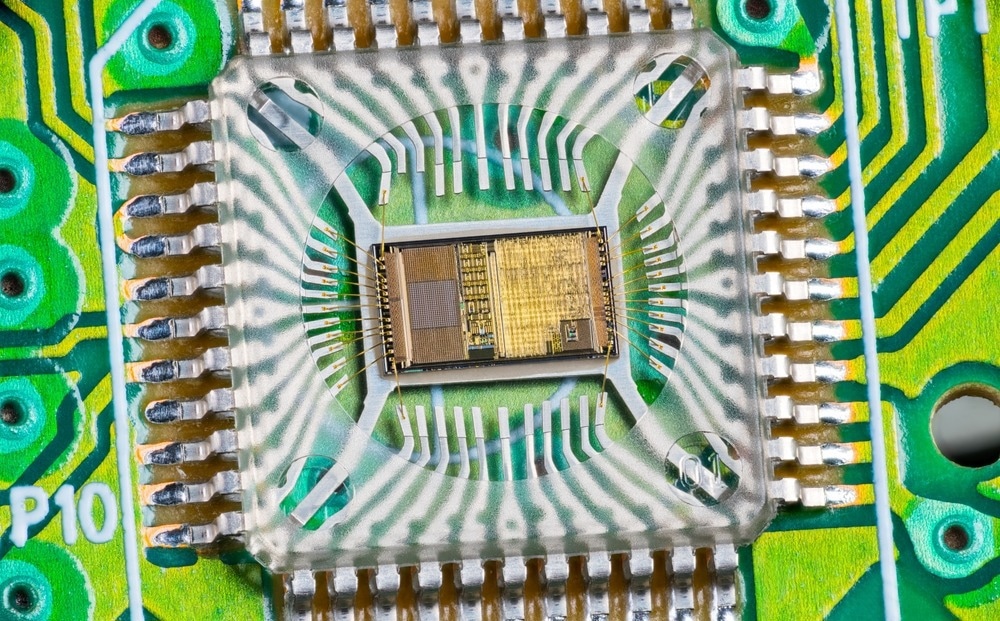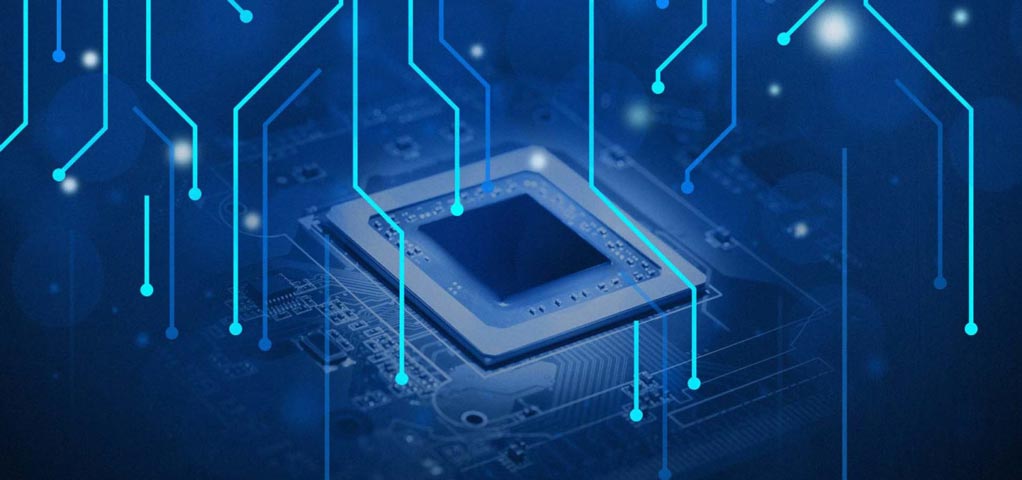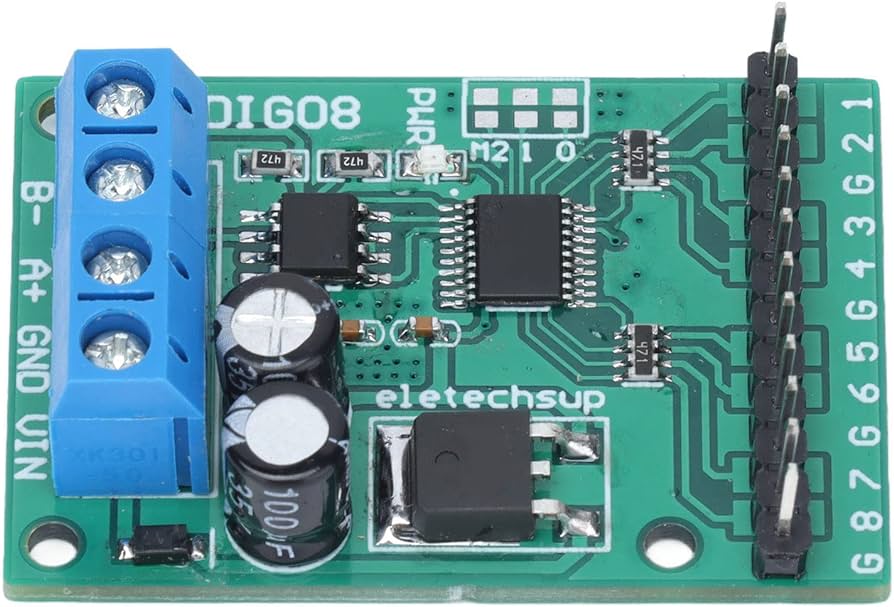In recent years, Printed Circuit Boards (PCBs) have become increasingly important in modern electronics. PCBs are used to bridge components together and provide a platform for the connection of electronic devices.
This innovative technology has enabled engineers to create more efficient and sophisticated electronic systems than ever before. From mobile phones to medical equipment, the applications of PCBs are endless – they can be found in almost every industry today.
By connecting components with precision, these tiny boards allow us to power our world with complex electronics solutions that would not be possible without them. In this article, we will explore the role of PCBs in modern electronics and how their use is revolutionizing the way we build and utilize our technology.
Benefits of Using PCBs in Electronic Devices

The use of printed circuit boards (PCBs) in modern electronics has revolutionized the way components and systems are interconnected. PCBs provide many benefits to electronic device manufacturers, operators, and users.
One key benefit of using PCBs is their cost-effectiveness – they can reduce production costs by enabling efficient manufacturing processes that require fewer materials compared to traditional wiring methods. Additionally, their compact size makes them ideal for creating smaller products with complex circuitry while also reducing the amount of space needed for installation inside a device or system.
From an operational standpoint, using PCBs helps ensure that all components are securely connected in a reliable manner that is less prone to failure than other connection methods like wire harnesses. This improves performance and reduces maintenance requirements over time which further increases cost savings for both manufacturers and users alike.
Finally, from a user’s perspective, devices with PCB connections tend to be more ergonomic due to their lightweight construction as well as being easier to install since they don’t require additional wires or connectors. Furthermore, because there’s no risk of loose connections between components on a board it provides greater safety compared to traditional wiring solutions All in all these features make them highly desirable when designing any kind of modern electronic system today!
Challenges Associated with the Use of PCBs

Despite the many advantages of Printed Circuit Boards (PCBs) in modern electronics, there are also challenges associated with their use. One of the main issues that can arise from PCBs is signal integrity problems such as crosstalk and ground bounce.
These issues can be caused by a variety of factors including improper trace routing, inadequate power or ground plane design, and incorrect component placement. Other potential difficulties include circuit board temperature rise due to excessive current flow, high voltage breakdown between components within the assembly, and inadequate decoupling capacitors leading to increased noise levels on the circuit board. Careful consideration must therefore be given to all aspects of PCB design if they are expected to function properly over time.
In addition to these technical obstacles, there may also be cost constraints related to sourcing materials for large production runs or difficulty meeting safety regulations concerning hazardous substances used in some boards.
The Role of Design and Manufacturing in Reaping the Full Potential of PCBs

Design and manufacturing play a pivotal role in the process of reaping the full potential of printed circuit boards (PCBs). After carefully designing and engineering a PCB, manufacturers must select appropriate materials and components to make sure that they meet all requirements.
This includes ensuring that the board can withstand environmental conditions as well as having sufficient mechanical strength for its intended purpose. Once these factors are taken into account, manufacturers need to execute precise production methods such as automated processes or manual assembly.
It is also important to note that accurate testing should take place before delivery, to guarantee maximum performance from each PCB. With successful design and production techniques implemented correctly, PCBs can be tailored specifically for certain applications ranging from consumer electronics devices to industrial machinery.
Overall, when discussing modern electronics, it is impossible not to consider the role of Printed Circuit Boards (PCB) in bridging components together. The design and manufacturing stages are integral parts of this process since they enable engineers to reap their full potential by tailoring them for specific applications with reliable results each time.
Conclusion

PCBs play a crucial role in modern electronics, bridging components together and allowing for the development of increasingly complex devices. By having all the necessary electronic components on one board, PCBs make it easier to troubleshoot any issues that arise while also reducing manufacturing costs. As technology continues to evolve at a rapid pace, it is clear that PCBs will remain an essential part of modern electronics for years to come.

